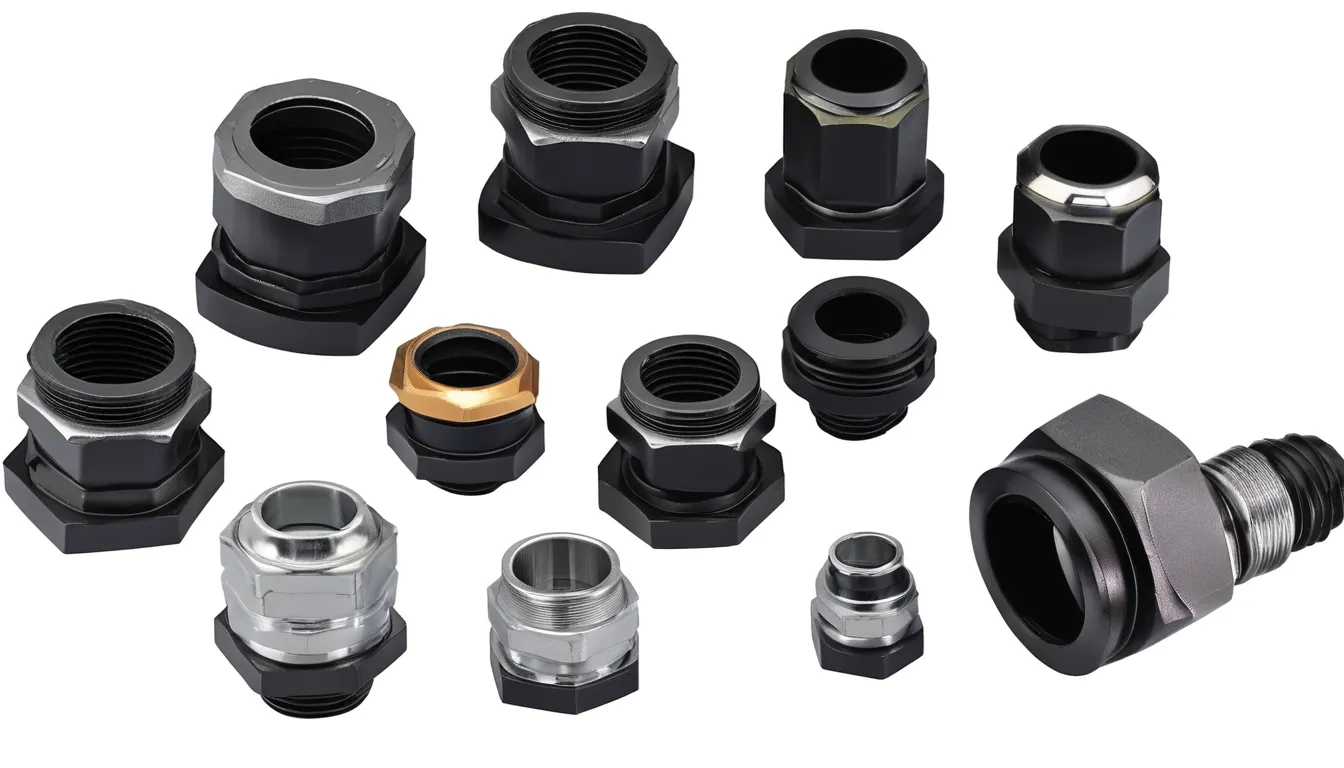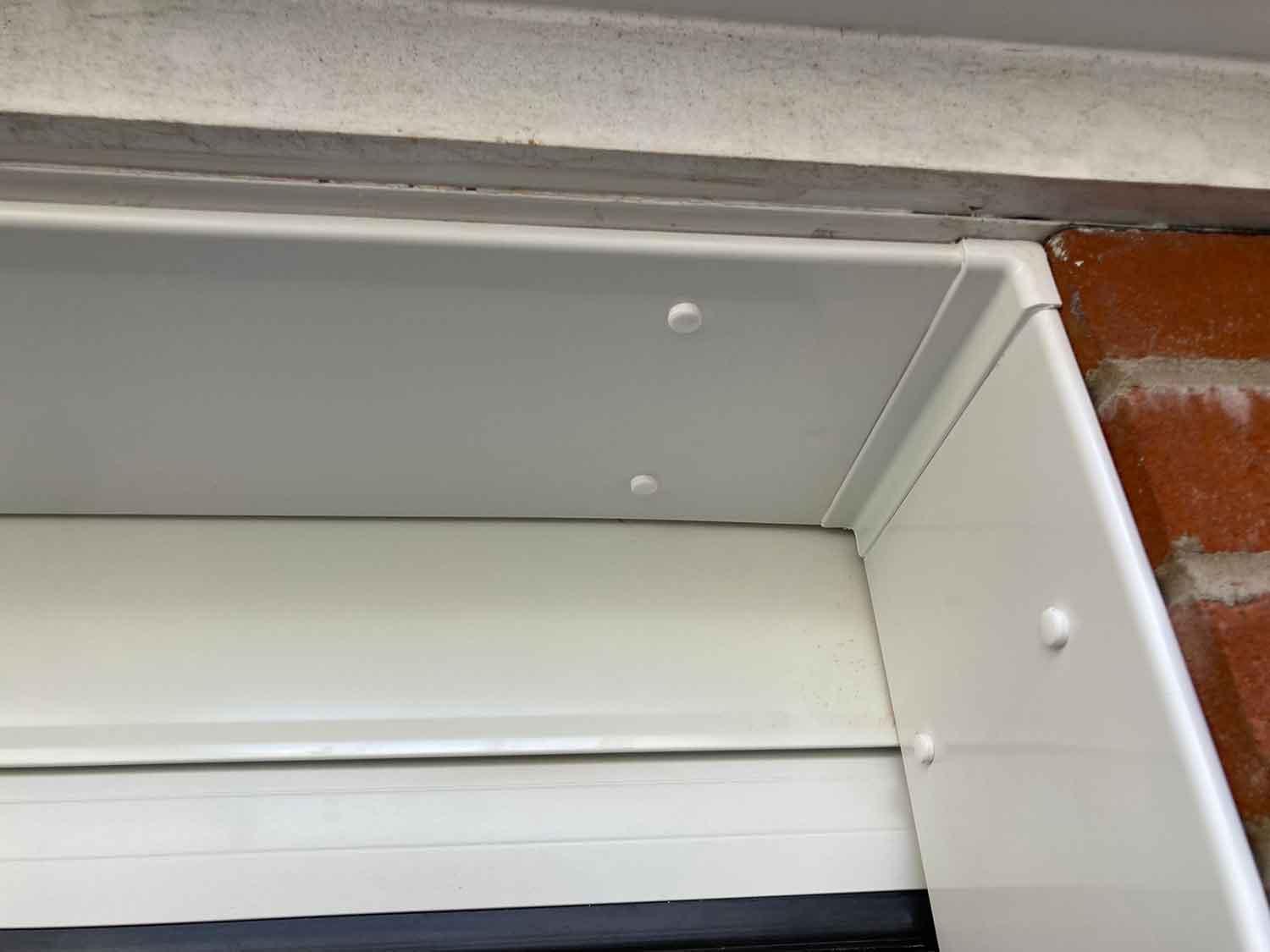When it comes to electrical installations, cable management is one of the most crucial aspects to ensure that your system runs smoothly and remains safe for use. Whether you’re setting up a new commercial system or upgrading an industrial plant, cable glands play a vital role in protecting and organizing cables that run through electrical enclosures, panels, or junction boxes. Among the various types of cable glands available, multi-cable glands are a top choice for systems with multiple cables running through a single entry point.
Multi-cable glands are designed to secure and protect several cables at once, offering excellent strain relief, environmental protection, and a cleaner, more organized setup. However, selecting the right multi-cable gland for your specific needs can be tricky, especially with so many options on the market. In this guide, we’ll walk you through the key considerations and factors to keep in mind when selecting multi-cable glands, ensuring you make the right choice for your electrical installation.
What is a Multi-Cable Gland?
A multi-cable gland is a specialized cable gland that allows multiple cables to be routed through a single entry point into an electrical enclosure or panel. These glands help keep your cables organized while providing strain relief and protection from external elements such as dust, moisture, or chemicals. Multi-cable glands typically feature multiple holes of varying sizes to accommodate a range of cables, and they come in various materials and designs to meet the specific requirements of your installation.
Why Choose Multi-Cable Glands?
When dealing with large systems that require numerous cables to enter an enclosure or panel, multi-cable glands become essential for several reasons:
- Space Efficiency: Multi-cable glands save valuable space within electrical enclosures, allowing you to bundle multiple cables together instead of using separate glands for each one.
- Cost-Effectiveness: By using a multi-cable gland, you reduce the need for purchasing multiple single-entry glands, thus saving on both material costs and installation time.
- Improved Cable Management: Multi-cable glands keep your cables neat and organized, preventing tangling or potential damage caused by cables rubbing together.
- Enhanced Protection: These glands ensure that your cables are sealed properly, protecting them from harsh environmental conditions such as water, dust, and temperature fluctuations.
Key Factors to Consider When Selecting Multi- multi hole cable gland Glands
To ensure you choose the right multi-cable gland, there are several factors to take into account. Let’s dive into each one:
1. Cable Size and Quantity
The first step in selecting the right multi-cable gland is determining the number of cables you need to route and their diameter. Multi-cable glands come in different configurations, with varying numbers of holes for different cable sizes. Some glands are designed for large bundles of cables, while others are made for smaller setups.
You’ll need to measure the diameter of each cable and calculate the total number of cables you need to route. Make sure the gland can accommodate both the individual cable diameter and the total number of cables. If the gland is too small, the cables will not fit, while a gland that is too large might not offer the necessary protection or strain relief.
2. Material of the Gland
The material of the multi-cable gland plays a significant role in its performance and suitability for various environments. The most common materials used for multi-cable glands include:
- Plastic (Nylon or Polyamide): Plastic multi-cable glands are lightweight, cost-effective, and corrosion-resistant, making them ideal for indoor use and environments with low chemical exposure. They are typically suitable for general-purpose installations.
- Metal (Brass or Stainless Steel): Metal glands, especially those made from brass or stainless steel, offer superior strength, durability, and resistance to harsh environmental conditions. They are typically used in more demanding industrial applications where mechanical strength and protection from extreme environments are necessary.
- Aluminum: Aluminum glands provide a balance between strength, weight, and cost. They are highly resistant to corrosion and can be used in a wide range of environments.
When selecting the material, consider the environment where your electrical installation will take place. Outdoor installations, marine applications, or areas with extreme weather conditions may require the additional strength of metal glands, while indoor applications can benefit from the flexibility and cost-effectiveness of plastic options.
3. Ingress Protection Rating (IP Rating)
The IP (Ingress Protection) rating of a cable gland indicates the level of protection it provides against the ingress of solids (dust) and liquids (water). For electrical systems exposed to harsh environments, such as in outdoor, marine, or industrial settings, choosing a gland with an appropriate IP rating is crucial to ensuring cable protection.
Multi-cable glands come with a range of IP ratings, from IP54 (protection against dust ingress and water splashing) to IP68 (protection against dust and continuous immersion in water). The higher the number, the greater the protection.
Before purchasing, assess the environmental conditions your electrical system will face. If your installation is in an explosive environment or exposed to water, you should look for glands that meet high IP ratings, such as IP67 or IP68, to ensure complete protection.
4. Sealing and Strain Relief Features
An important function of any cable gland is to provide strain relief and ensure that cables are securely held in place. This helps to prevent cable damage, reduces the risk of short circuits, and extends the lifespan of your electrical system.
Multi-cable glands often come with built-in sealing rings or gaskets that provide a tight seal around each cable, ensuring that they stay securely in place. Look for glands that offer adjustable sealing options to accommodate various cable sizes and provide a snug fit.
5. Installation Ease and Compatibility
Another consideration is how easy the gland will be to install. Some multi-cable glands come with threaded entries that make them easy to screw into place, while others might require more complex installation methods. Always review the manufacturer’s instructions for installation and make sure the gland you select is compatible with the type of enclosure or panel you are working with.
Modular designs or flexible glands can offer greater convenience for certain installations, particularly when you need to accommodate cables with varying diameters.
6. Industry Standards and Certifications
Finally, it’s essential to ensure that the multi-cable gland you choose meets relevant industry standards and certifications. Depending on your application, your gland may need to adhere to IEC, ATEX, UL, or other safety and quality standards. These certifications ensure that the gland has been tested for reliability and safety, providing peace of mind when installed in your system.
Conclusion: Making the Right Choice
Choosing the right multi-cable gland is vital for the safety, organization, and performance of your electrical system. By carefully considering factors such as cable size, material, IP rating, strain relief, and ease of installation, you can select a gland that will ensure your system operates efficiently and is well-protected against environmental hazards.
Ultimately, multi-cable glands help streamline cable management, reduce costs, and enhance the overall reliability of your electrical installations. So, take the time to evaluate your specific needs, and you’ll be well on your way to improving your system’s performance and safety with the perfect multi-cable gland.






